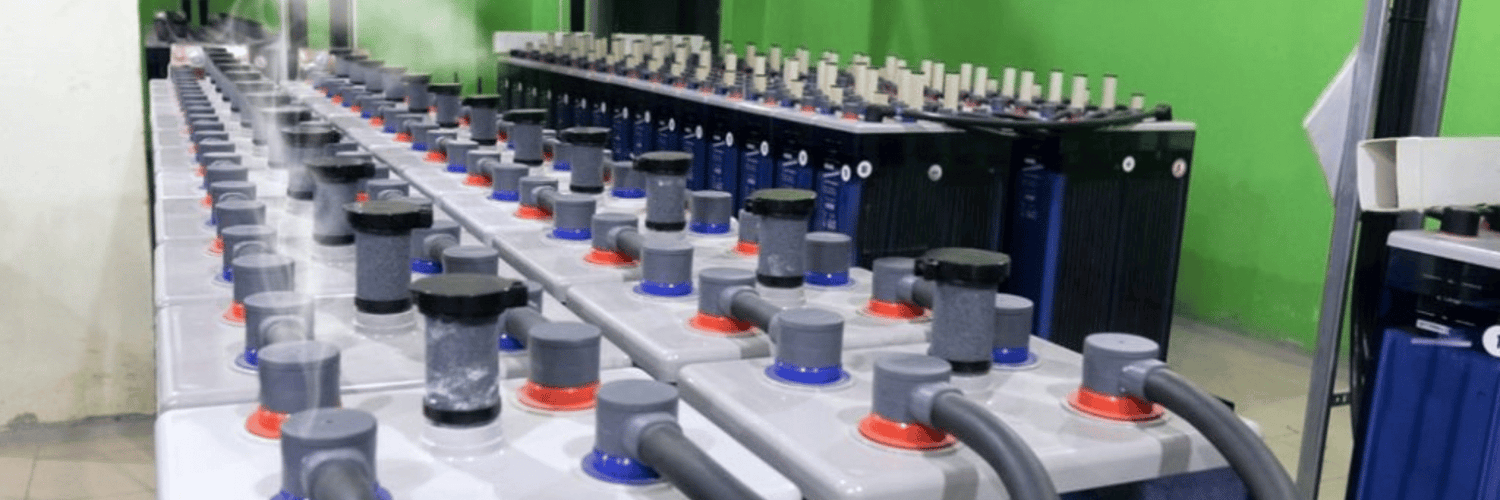From hydrogen power to battery energy storage systems, we are a trusted partner in the renewable energy sector, providing critical safety solutions that support the transition to a cleaner, more sustainable energy future. Our expertise ensures the reliable operation of emerging technologies, helping to reduce environmental impact while promoting energy security.
As we transition from fossil fuels, renewable energy sources like batteries and hydrogen are becoming key to our energy future. However, their growing use introduces new safety challenges, including the risk of off-gassing and thermal runaway in lithium-ion batteries, and the flammable nature of hydrogen. This highlights the critical need for advanced gas detection systems to ensure safety and protect against potential hazards, enabling a secure and sustainable energy transition.
HYDROGEN
Hydrogen is increasingly being used as an alternative to fossil fuels in heavy industries and for powering vehicles, with its role as an energy source expanding rapidly. However, its highly combustible nature demands a strong focus on leak detection to prevent the risk of fire or explosion. From production to storage and distribution, each stage of the hydrogen supply chain is vulnerable to leaks. Ensuring rapid and reliable gas detection is crucial for safeguarding the industry and supporting the safe growth of hydrogen as a key energy solution.
Hydrogen Gas Hazards
-
Highly flammable
Hydrogen's low ignition energy and wide flammability range (4%–74% volume in air) make it highly flammable and prone to ignition even in small quantities when mixed with an oxidizer. This characteristic means that even minor leaks can create significant risks of fire or explosion, emphasizing the critical need for effective detection and monitoring systems in hydrogen applications.
-
Hydrogen leaks
The highest risk of hydrogen leaks in the supply chain occurs during transfer processes, where human error is most likely. To mitigate these risks, combining personal protection solutions—ideal for mobility and work in confined spaces—with fixed gas detectors offers robust defense against the dangers of hydrogen leaks. This dual approach ensures continuous monitoring and enhanced safety across critical operations.
-
Odourless & Invisible
Hydrogen is a colorless, odorless, and tasteless gas, making leaks virtually undetectable without specialized sensors. Advanced gas detection technology is crucial for promptly identifying leaks, as hydrogen's extreme flammability poses fire and explosion risks. Additionally, in confined spaces, hydrogen can displace oxygen, creating a serious asphyxiation hazard, further underscoring the need for reliable monitoring systems.
-
Asphyxiation
In confined spaces, hydrogen can displace oxygen, creating serious asphyxiation risks. Proper ventilation is essential in areas where hydrogen is used or stored. The ISO 22734-1:2019 standard requires hydrogen detection systems to activate ventilation when hydrogen levels reach 0.4% v/v (100% LEL). To meet this standard, gas detectors should be equipped with relay outputs to automatically trigger ventilation systems, ensuring safety when hydrogen concentrations exceed this threshold.
Battery-Related Gas Hazards
-
Chemical batteries
Chemical batteries, such as lead-acid and nickel-cadmium, can release hazardous gases during charging and discharging processes. Lead-acid batteries, in particular, emit hydrogen gas when charging. When multiple batteries are charged simultaneously in the same area, hydrogen levels can accumulate, creating a significant explosion risk, especially in poorly ventilated spaces. Proper ventilation and reliable gas detection systems are essential to mitigate these hazards and ensure a safe charging environment.
-
Electrochemical Batteries
Lithium-ion and lithium-metal batteries pose significant risks when damaged, as failures in the protection circuit or the cell can trigger thermal runaway, leading to fires or explosions. The electrolyte in lithium-ion batteries, typically flammable and containing lithium hexafluorophosphate (LiPF₆) or other fluorine-based salts, can evaporate and vent from cells during overheating.
In the event of a fire, these batteries may release hazardous gases, including hydrogen fluoride (HF), which is highly toxic. HF exposure can penetrate skin, causing severe tissue, bone, and blood damage, with symptoms often delayed for hours, potentially worsening the impact. The severity of HF emissions varies based on battery type and charge level, highlighting the importance of robust safety measures, including gas detection and proper handling protocols, to mitigate these dangers.

